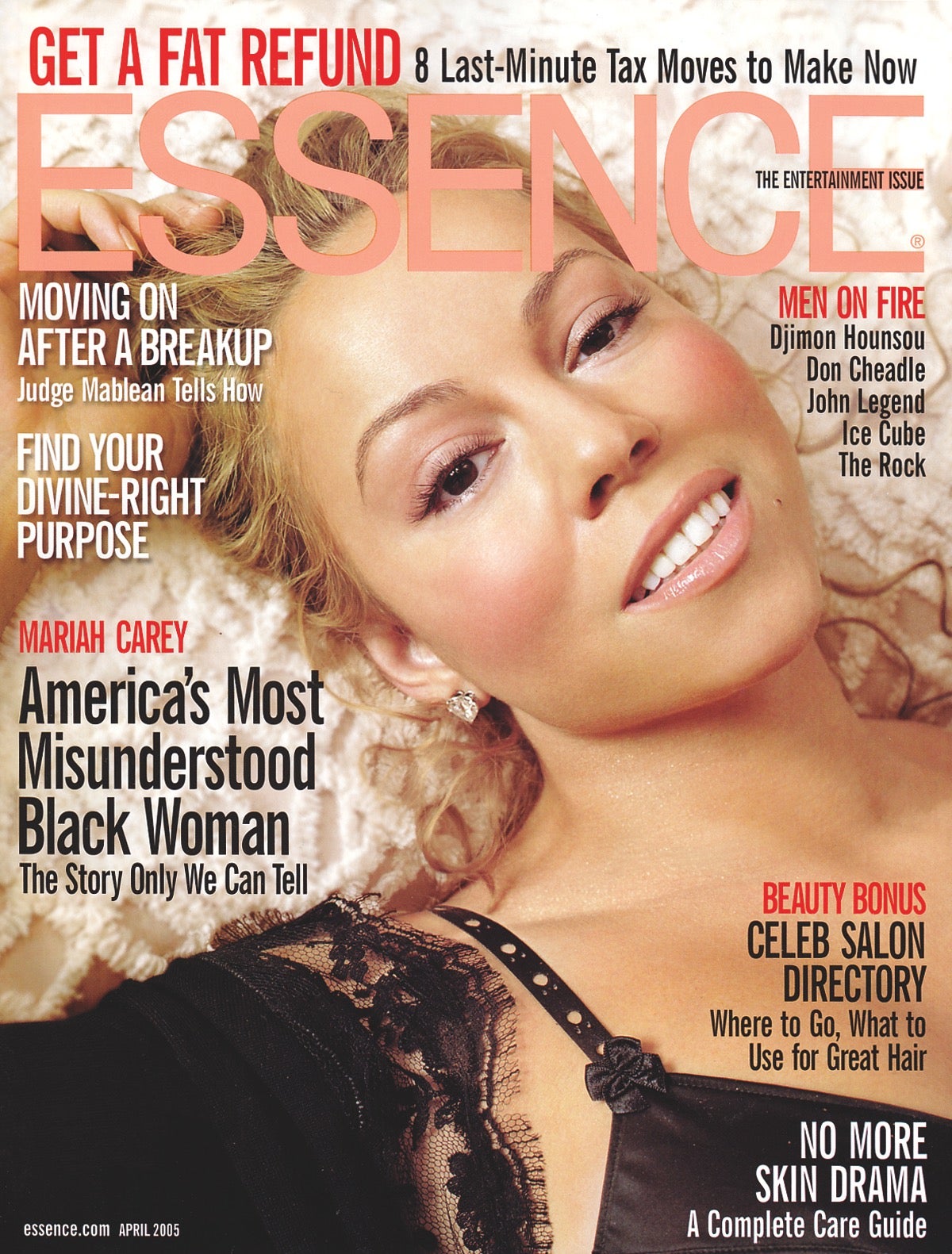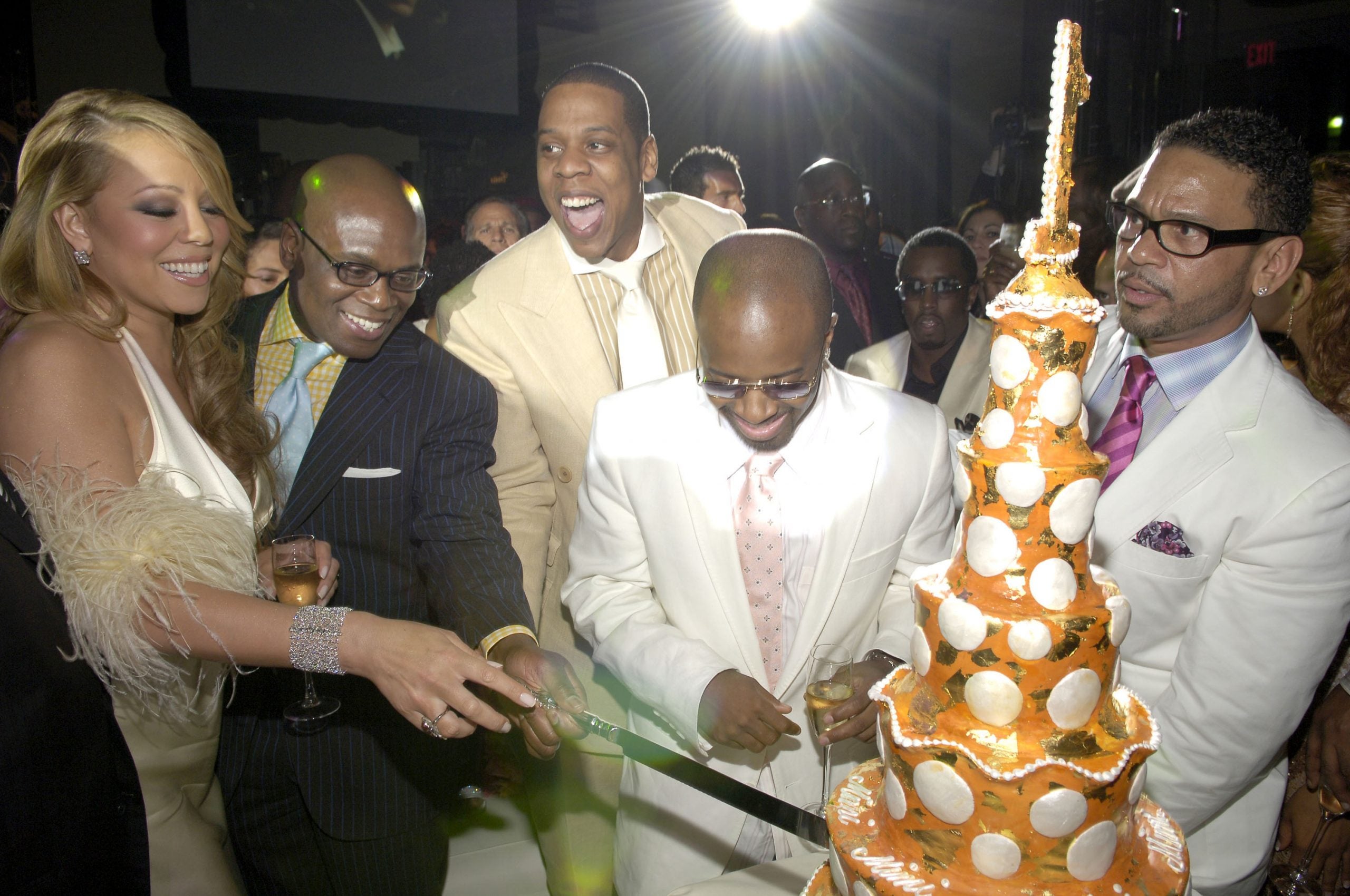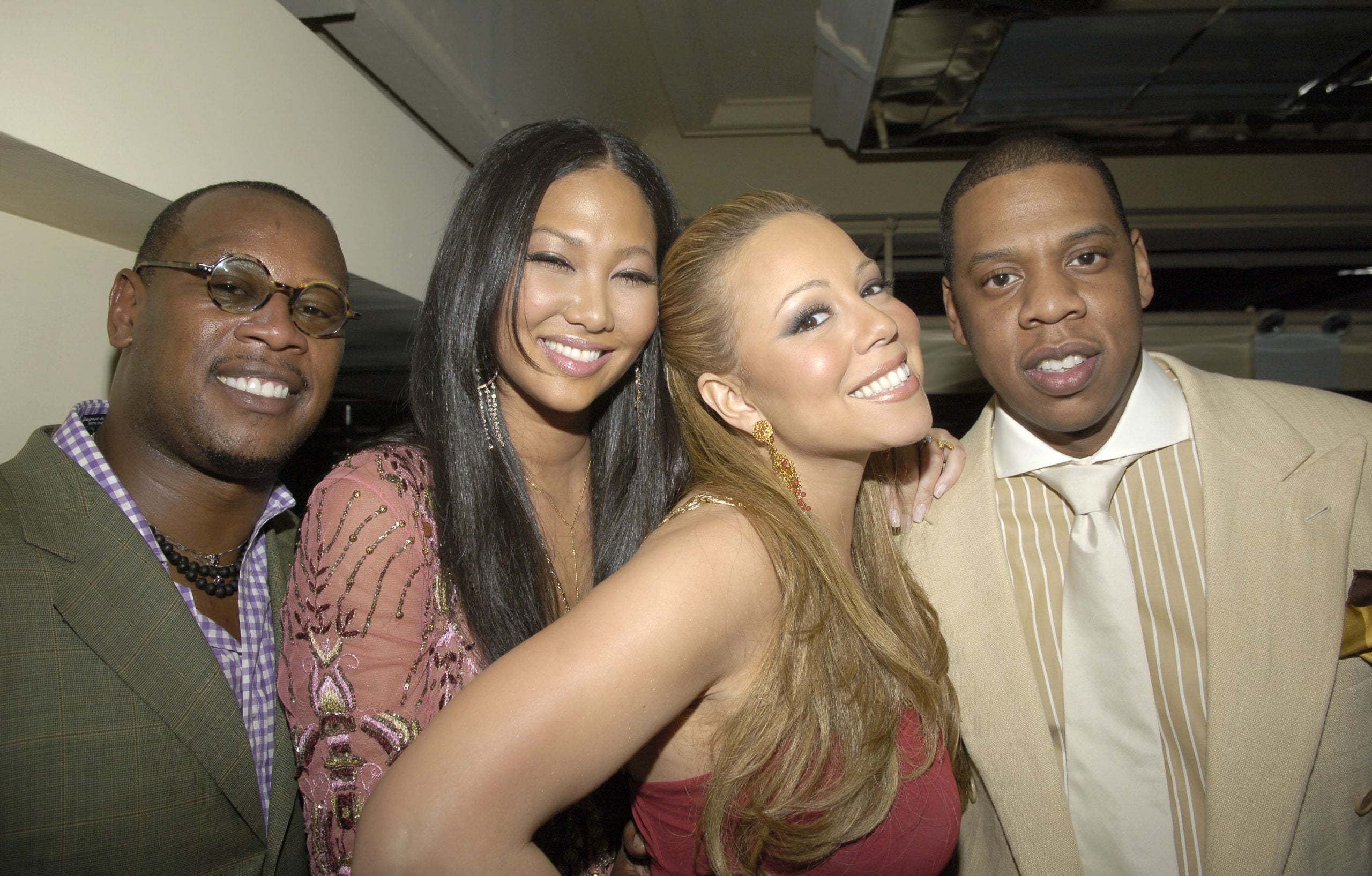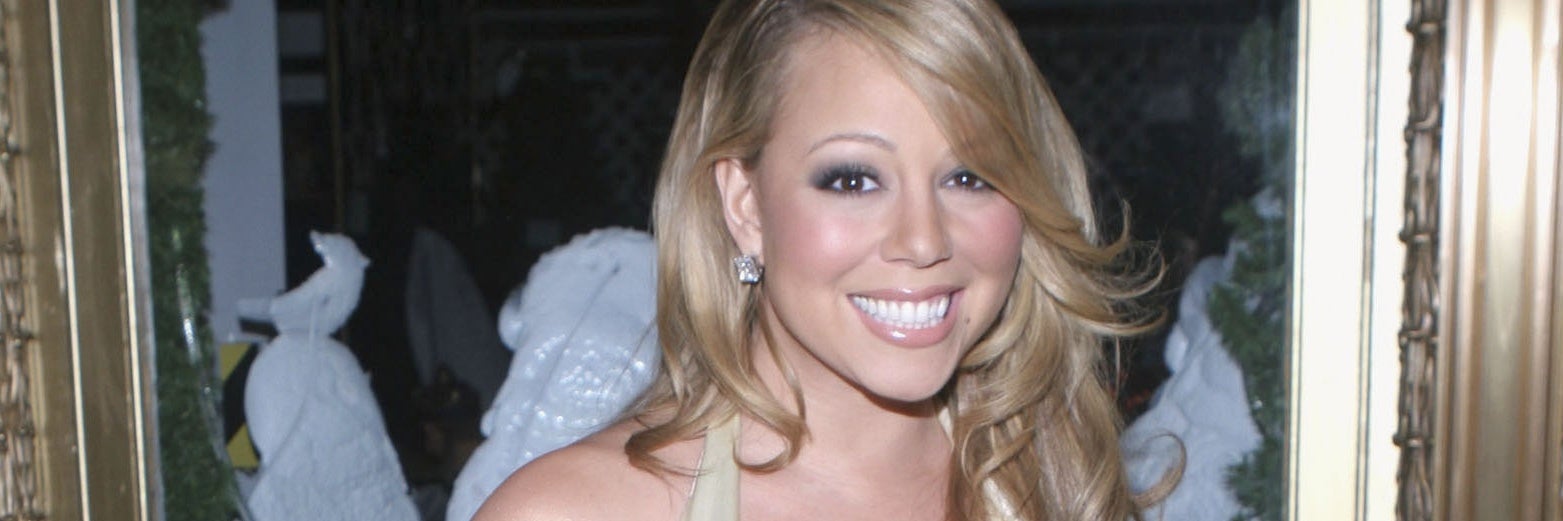“The ESSENCE cover was a milestone in my career. I felt like I was finally being seen. It gave me a sense of belonging.” —Mariah Carey
Cast in a gentle painterly light, the content and confident face of Mariah Carey peers out from the April 2005 cover of ESSENCE. Delicately brushed with “lingerie hues” of makeup and framed by soft romantic curls, her face radiates warmth. But underneath its shimmering surface, this monumental cover took deft hoop-jumping, sharp strategy and a committed circle of sisters.

Fifteen years ago, I was the newly appointed Fashion, Beauty and Culture editor at ESSENCE (a role created for me by me). One day, swamped at my desk, I received a call—it was Marvet Britto, who was one of the few people I always picked up for. She was calling with an invitation to an intimate listening party for Mariah Carey’s upcoming album. Without hesitation, I confirmed my attendance—not because it was Mariah Carey, but because I wanted to keep my relationship with Marvet in order, as she was arguably one of the most influential publicists at the time. Still, I was a huge admirer of Mariah and bumped Butterfly hard (still do). But I also knew despite all her awards and all the record-breaking music she wrote, produced and sang that was steeped in the Black tradition (from R&B, gospel, and hip-hop hits, to the straight hood and house re-mixes), ESSENCE and, by extension, many Black women, were not down with Mariah Carey as a Black woman. The resistance was real.
“There was no evidence of Mariah Carey ever denying her Blackness”
Joan Morgan, scholar and author. She profiled Mariah Carey for ESSENCE in 2005.

I arrived at the famed Hit Factory in NYC and headed to the studio where the “party” was to be held. The lights were low and the air smelled of fresh lilies and fine perfume. L.A. Reid, in a dark turtleneck, was seated at a massive console, surrounded by white couture candles and long-stemmed flowers in tall glass vases. Sensing my slight embarrassment at being the first to arrive, L.A. offered me a bubbly beverage and invited me to sit. “This is The Emancipation of Mimi,” he said. With the touch of a few buttons, “We Belong Together” came pouring out of the spectacular sound system. He then, without skipping a beat, played “Shake It Off,” “It’s Like That,” “I Wish You Knew,” and “Mine Again” back to back. I was literally swooning, speechless. And then it happened. “Weeping may endure for a night, but joy comes in the morning.” The words soared through the room. By the triumphant end of “Fly Like A Bird,” I was weeping.
“I have to make a phone call!” I blurted out. I jumped up, ran out into the hallway and called ESSENCE’s then editor-in-chief Diane Weathers. “I’m going to come into your office tomorrow morning,” I said breathless but steady, “and I’m not leaving until you agree to have Mariah Carey on the cover.” I knew that was the song I could use to make the case; I knew that this was the Mariah Carey album for ESSENCE, for Black women.
“She is us. We shouldn’t have to prove it.”
Mikki Taylor, speaker, author and ESSENCE editor-at-large. In 2005, she was ESSENCE’s beauty and cover director.
I returned to the studio and there stood Mariah Carey. She was resplendent. She was familiar. And then it dawned on me: no one else was at the “party.” Only me, L.A., and now Mariah. It was a moment. I was overwhelmed by the absolute excellence, variety and soul of every song I’d heard. There was an immediate connection and identification between me and Mariah. In a car ride to a fabulous Brazilian steakhouse in Tribeca, we listened to the rest of the tracks (“Circles” sounded incredible). After eating and talking for hours, we ended up at the exquisite “Moroccan Room” at the top of her penthouse. She told me stories until dawn.
Her stories were complicated stories, women’s stories, Black girl stories of survival, oppression, ambition, resilience and faith. The next day, armed with an undeniable hit album and an inspiring journey, the cover was green-lit. Joan Morgan was the perfect writer to handle the layered narrative and massive musical accomplishment. She too interviewed Mariah in her home (which prior to ESSENCE had never been done), which, Joan says “resonated with ancestral and Black girl relationships.” While Joan counts this cover story as a favorite in her illustrious career, the question still remains how the widely-held assumption of Mariah’s non-Blackness came to be.

At the photo shoot, Mikki Taylor set the stage as if shooting a film. She said she wanted to capture a “lightness of being” not of skin or surface, but of an interior light, a weightlessness—she wanted Mariah to look as “free” as she felt. At the shoot, I learned the ESSENCE cover would be the first item in the Emancipation of Mimi press campaign. The whole album was about Mariah finally standing in her truth, and Mariah, Marvet, Mikki, Joan and I believed (against significant opposition from all manner of men, non-Black and kinfolks) that in this moment of truth she needed to stand surrounded by the love, compassion and advocacy of Black women, first. “The potency of the ESSENCE community was so important,” Marvet reflects.
“America’s Most Misunderstood Black Woman” was the accurate cover line for the mixed-up mythologies of Mariah Carey. Yet also, right next to her shining eyes was another line of text: “Find Your Divine Right Purpose.” Fifteen years later, with a poster of the cover in a gilded frame hanging in her glamorous home salon, Mariah still believes that “starting Emancipation with ESSENCE was just right. It was liberating.”
Michaela angela Davis (@MichaelaAngelaD) is currently working with Mariah Carey on the singer’s memoir.
